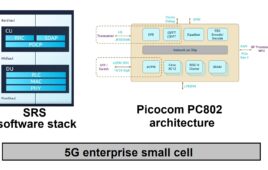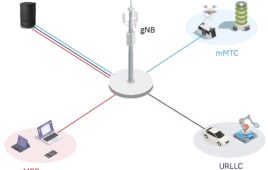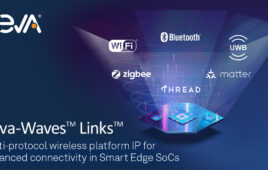National Instruments (NI) last week unveiled the world’s first software defined radio (SDR) for millimeter wave spectrum, and good gracious is it a beast.
First, the basics.
The NI mmWave Transceiver System a full transceiver that can transmit and/or receive wide-bandwidth signals. The device functions in two modes, one covering the E-band spectrum from 71-76 GHz and another “baseband only” option that allows customers to use their own RF for whatever frequency they’re interested in – including the much-talked-about 28 GHz band.
The system is made up of both an analog “millimeter wave head” and a digital Field Programmable Gate Array (FPGA). The head includes RF circuitry to capture and transmit the millimeter wave frequencies and a mixer inside the box down-converts the millimeter wave signals to 12 GHz so the information can be processed by the FPGA.
But here’s the thing: where today’s wireless systems only utilize bandwidths of 10 MHz or 20 MHz, the NI Transceiver System’s wide-band compatibility allows for 2 GHz of bandwidth in real time.
To crunch that kind of data, the system’s FPGA accommodates data rates of 15 gigabytes per second. For comparison, most of today’s high-speed Ethernet connections are only capable of 100 megabits per second.
But all of this power serves a purpose.
According to NI Director of RF Communications and Software Defined Radio James Kimery, the mmWave Transceiver System is critical for enabling next generation research for 5G.
“This system is probably the only system in the world that can process 2 GHz of bandwidth in real time and that’s really due to the FPGA system we provide,” Kimery said. “So, if you’re a researcher and you’ve got this great idea for 5G, you can try it. If we didn’t have this system, I don’t think you could try it.”
Kimery said the ability to test out 5G ideas in a real environment is key to moving the next-generation network technology forward. That technology, he said, includes software defined networking (SDN).
“Without this system all SDN researchers can rely on is simulation,” he said. “We know with the complexity of these networks there’s no simulation that can model 2 GHz of bandwidth.”
“That’s why these prototyping systems are important,” Kimery continued. “You need to test the system before it actually gets deployed and prove that some of these ideas really work.”



